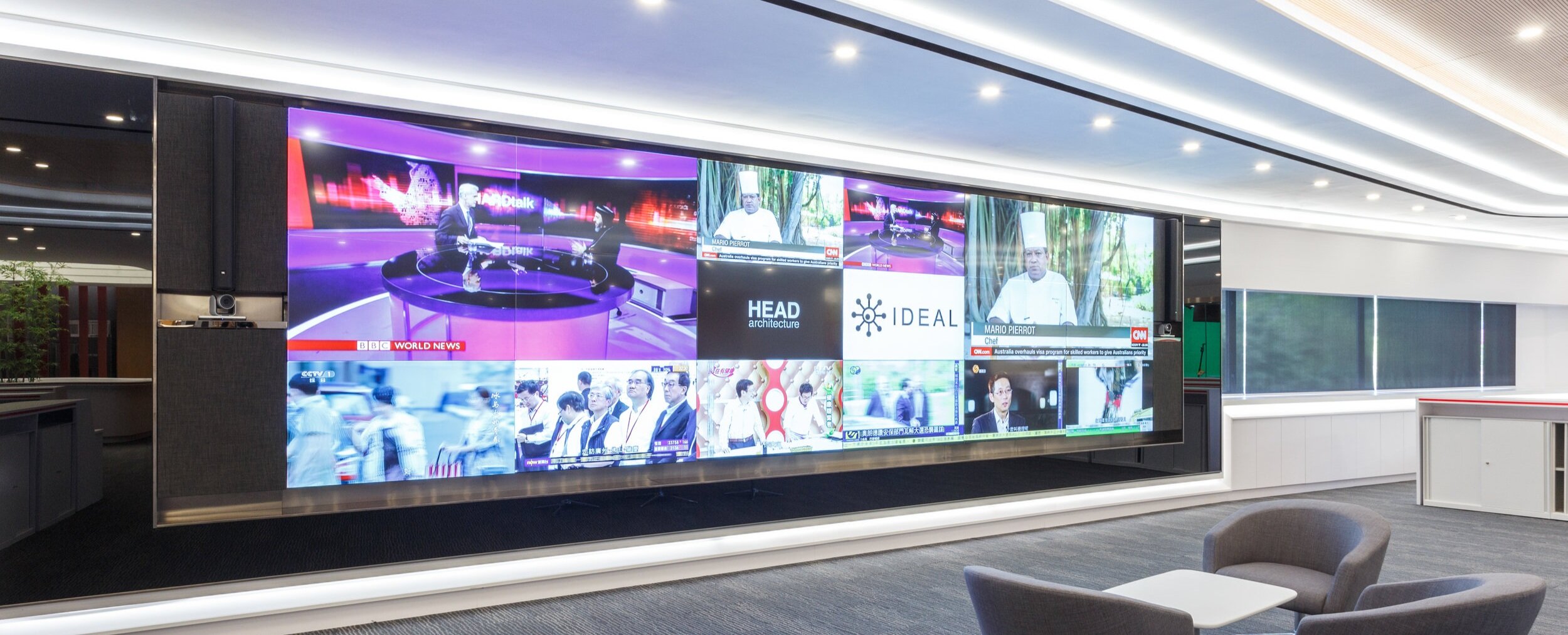The caliber of the LED elements plays a significant role in color consistency. Different types of light-emitting diodes produce light at varying wavelengths, which can influence the overall color output. High-quality light-emitting diodes are engineered to generate a more consistent light range, resulting in improved color accuracy. Additionally, the production method of these light-emitting diodes can affect their performance. Panels made with superior materials and techniques tend to have less color variations, ensuring that the displayed pictures and videos look lively and true to life.

Calibration is another crucial factor in preserving color consistency in light-emitting diode wall screens. Calibration entails adjusting the settings of the screen to ensure that the colors displayed match the desired design. This process can include fine-tuning brightness, differentiation, and color balance. why not look here Frequent calibration is essential, especially in settings where lighting conditions vary often. By calibrating the panels, specialists can fix any discrepancies in color result, leading to a more consistent viewing experience.
Surrounding conditions also affect hue consistency in LED wall screens. Elements such as surrounding light, temperature, and moisture can affect how colors are perceived. For instance, bright surrounding light can wash out colors, making them look more vibrant. Similarly, extreme temperatures can influence the performance of the LEDs, leading to hue changes. To mitigate these problems, it is essential to install LED wall screens in managed settings where lighting and temperature can be managed efficiently.
Lastly, the layout and layout of the LED wall panels can affect hue consistency. The arrangement of the panels, as well as the distance from which they are viewed, can create differences in hue recognition. When screens are placed too far apart or at different angles, audiences may detect inconsistencies in hue. To achieve the optimal optical performance, it is important to take into account the positioning and arrangement of the screens during installation. By addressing these factors, users can guarantee that their light-emitting diode wall screens provide a consistent and high-quality visual encounter.